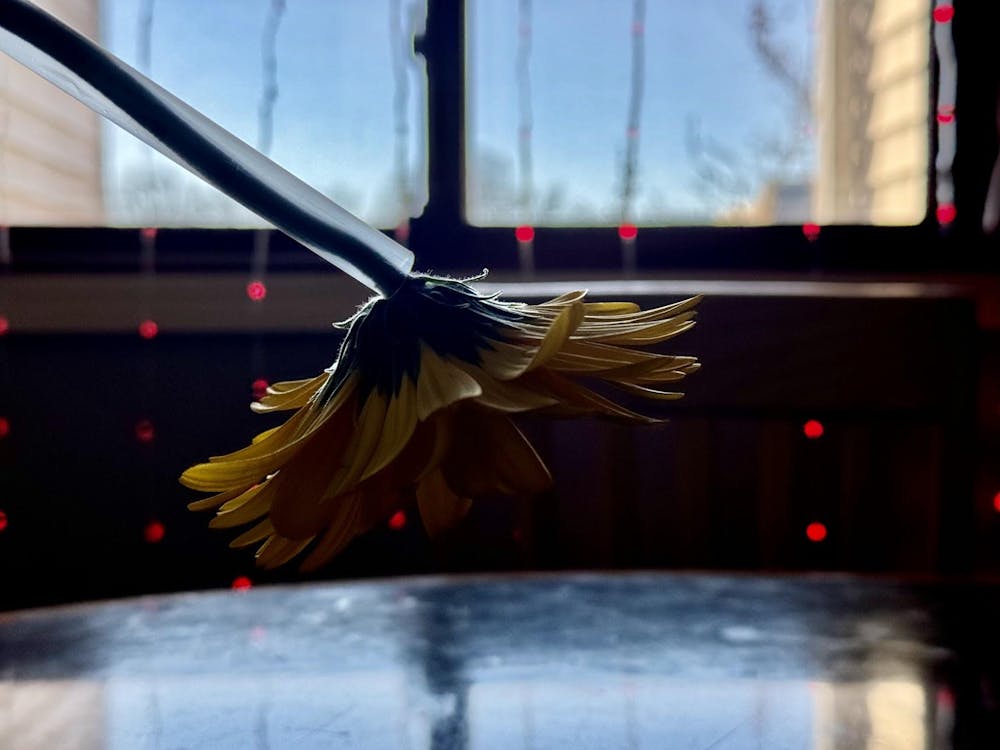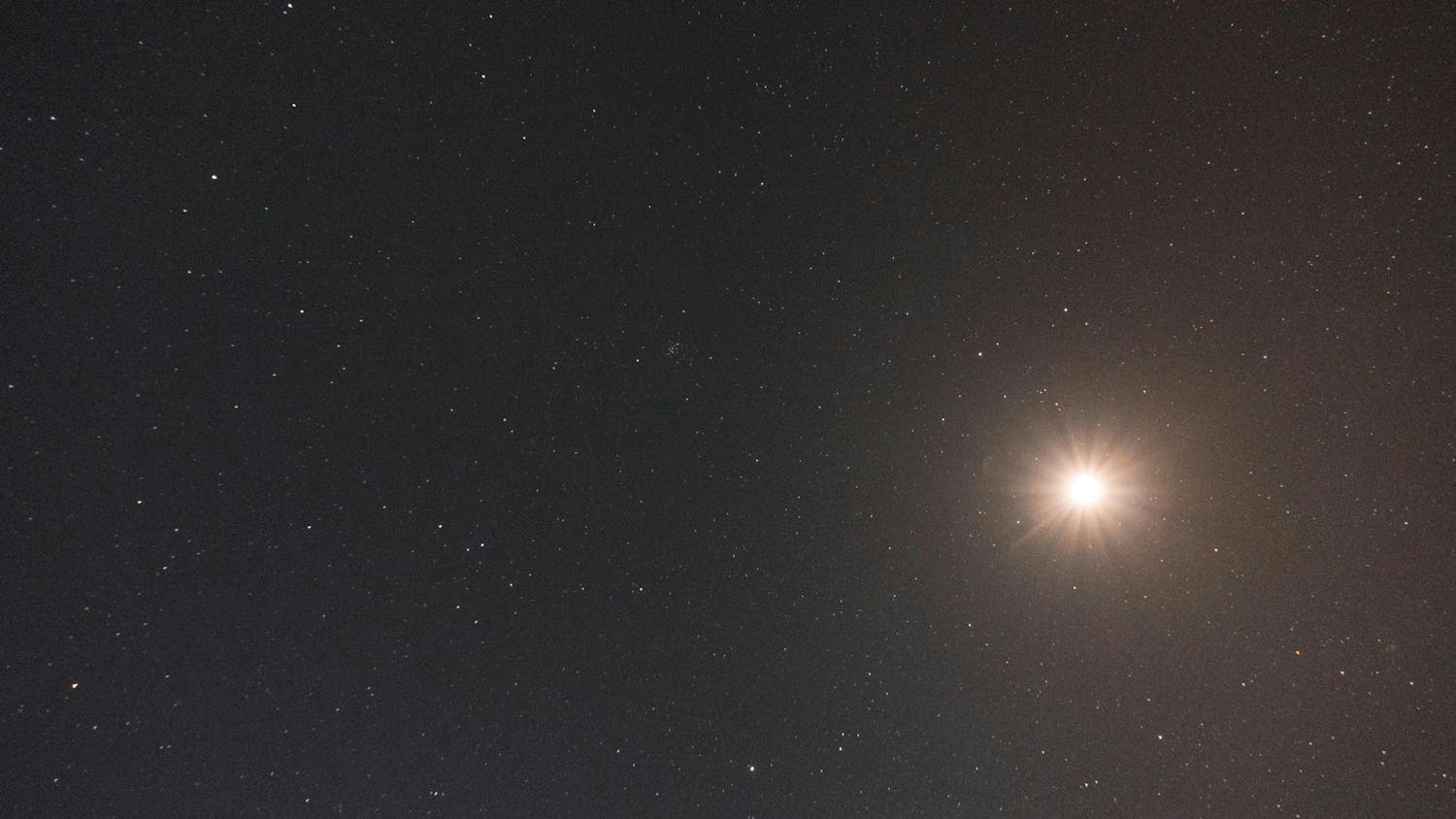A snowstorm ravaged the land.
Though it was daytime, no light managed to penetrate the gloom which foretold the impending doom of the hedgehog. The roaring winds pierced through skin, dreadful frost settling directly inside the depths of any body. Shivering, the creature crawled through what once had been a hedgerow betwixt two meadows. Now, it was naught but a ruined field. No shelter could be found in this cold. Everything was dead.
Every step provided great agony and the numbing ache threatened to swallow the animal whole. As snowflakes piled atop the quills, partially melting and creating a frigid embrace, they mercilessly pressed down on the hedgehog’s back. As the stride hindered, only futility remained. It was simply so cold. So, so cold. So cold, it perhaps would be better to cease the frantic, senseless struggle against the cruel, unforgiving universe.
That was, until the hedgehog spotted another hedgehog.
With one final ounce of strength, the hedgehog approached the other. Shortly thereafter, the other noticed the approaching one. The idea flashed immediately through their minds: if they were to bear the storm, if they were to survive the lethal cold, they must bundle together for warmth. They may perhaps be strangers, yet that could not possibly be of matter. After all, they were of the same kind. So distinct, yet so identical.
The second hedgehog seemed to hesitate initially, but then began to shorten the distance between them. A spark of joy, a glimpse of hope, started to stab away at the misery in the creature’s heart. There was a chance.
That was, until they came into contact.
The quills that had long protected them from external dangers now dug into each other, a series of sharp pricks overwhelmed their skin. The warmth was still not enough — the blizzard raged on — and so they pressed harder against one another, slashing and puncturing each other deeper but feeling ever warmer while doing so. Nevertheless, this was not a sustainable position by any means. Even the warmth did not feel comfortable.
And thus, the hedgehog faced a dilemma.
The hedgehog could either continue getting closer to the other, quills carving with greater severity, ultimately hurting one another further. Alternatively, the hedgehog could distance from the other, escaping the hurt caused by their interaction but going back to the profound cold and returning to craving the warmth of another. Naturally, the answer to the dilemma seems to lie somewhere between these two extremes, yet where exactly would that be? Would the other hedgehog agree with this decision?
There was no way the hedgehog could know the right choice as the snowstorm closed in on them.
Schopenhauer’s hedgehog’s dilemma is a widely known and discussed metaphor about the isolated state of human nature and the struggle of seeking intimacy. As social creatures, we dread the coldness of solitude, equivocating it to death. However, if we are to engage with another, to create a relationship, we hurt one another. This happens not in the sense of a direct attack: quite the contrary, it occurs most often amongst the well-intentioned. To come into genuine contact with another means to put yourself at a dual vulnerability: you expose a deeper version of yourself, prone to getting hurt much more easily and, on the other hand, the more you care for another the more you have to lose. As an added layer of complexity, every relationship is unique and every individual will independently find a different degree of intimacy where to be more comfortable.
Worst of all, whatever choice is made, it will be done with incomplete information. We can only know our own cold and hurt.
That is, we can only ever possibly experience reality through ourselves. We feel what we feel — no more, no less. We cannot feel what others do and they can never feel what we do. We are separated and alone. There is no such thing as ever knowing another person fully, to comprehend their every experience and reasoning. But perhaps, that is okay. Perhaps, there are some things we are never meant to know. In the end, it’s just you. That is all you have ever been and all you will ever be.
Just you.
Whether that is an incredible, freeing promise, a damning, terrible condemnation or anything in between can only be defined by you.
And still, every day we make painful choices. We choose to hurt in just the right way with everyone around us. It may be true that we will never know how they feel with absolute precision, yet we dance together in confusion, guessing what the next step may be. We make mistakes, we laugh, we cry. In this, we are all equal. After all, we are of the same kind. So distinct, yet so identical.
While it is true that love and fear may go hand in hand, for all that you love you can lose, it is perhaps that fear which gives some of its meaning to love. Given that you can lose, you must cherish what you have. What simpler human love can there be, than hoping not to lose?
So, what did the hedgehog do? Who are we to say?
There was cold and there was hurt. There was confusion and unknowns. Disagreements and fears blended along. But someday, the snowstorm came to an end. And then, both hedgehogs emerged, snowy crowns decorating their bloody quills.
Carlos A. Basurto is a sophomore at Notre Dame studying philosophy, computer science and even some German on the side. When not busy you can find him consuming yet another 3+ hour-long analysis video of a show he has yet to watch or masochistically completing every achievement from a variety of video games. Now, with the power to channel his least insane ideas, feel free to talk about them via email at cbasurto@nd.edu.
Carlos A. Basurto is a junior at Notre Dame studying philosophy, computer science and German. He's president of the video game club and will convince you to join, regardless of your degree of interest. When not busy, you can find him consuming yet another 3-hour-long video analysis of media he has not consumed while masochistically completing every achievement from a variety of video games. Now, with the power to channel his least insane ideas, feel free to talk about them further at cbasurto@nd.edu.










